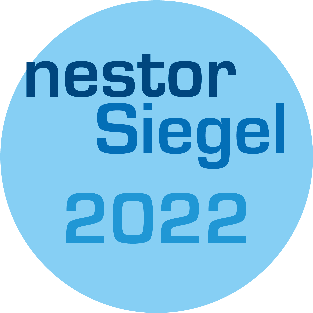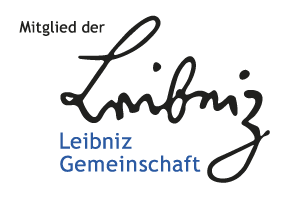The Technische Informationsbibliothek (TIB) – German National Library of Science and Technology in Hannover serves as the German national library of science and technology. In this capacity, TIB is an infrastructure facility for the provision of scientific information in Germany whose national tasks lend it importance for the country as a whole. TIB is a member of the Leibniz Association.
TIB’s core task is to provide science and industry with both elementary and highly technical specialist and research information. TIB has globally unique collections in the subject areas of science and technology, as well as architecture, chemistry, computer science, mathematics and physics. Besides textual materials, the library’s collections also include knowledge objects such as research data, 3D models and audiovisual media.
Digital preservation is an element of TIB’s comprehensive preservation strategy.
The need for digital preservation
The proportion of digital information in libraries’ collections is growing rapidly: specialist information such as graphics from digitisation projects, electronic doctoral theses, audiovisual (AV) media, 3D objects, digital grey literature and electronic journals is available in various formats, stored on a variety of data carriers. These items must be collected, made accessible and preserved. When stored well, books produced using acid-free paper can be preserved for several hundred years; the digital preservation (DP) of digital objects, on the other hand, presents a particular challenge.
Both file formats and data carriers are subject to technological development, and become outdated. As a result, digital objects are often no longer accessible in their original state after a few years, or can only be accessed with considerable effort.
TIB’s remit
Acting as the German national library of science and technology, as well as architecture, chemistry, computer science, mathematics and physics, TIB takes responsibility for preserving its collections. TIB has the task of ensuring long-term access to its collections. The task of digital preservation is derived from this.
In its capacity as the University Library of Leibniz Universität Hannover, TIB takes responsibility for preserving university publications produced by Leibniz Universität Hannover as well as publications stored in Leibniz Universität Hannover Institutional Repository that are available Open Access.
The objective is to ensure the complete, cross-media preservation and long-term usability of the library’s collections. In the process, TIB understands digital preservation as a preservation strategy that is continuously adapted in the light of the latest conditions, rather than as a task to be undertaken for a predefined period of time.
Archived objects
TIB digitally preserves objects from various sources, and helps producers to deliver to the library:
- Non-textual media
- Doctoral theses produced at Leibniz Universität Hannover
- Conference publications acquired by the Grey Literature team that publishers do not issue, as well as international research reports
- German research reports
- Open Access objects stored on Leibniz Universität Hannover Institutional Repository
- Retro-digitised items created by TIB
- Objects created within the DP service.
Digital preservation within the alliance
Together with its partner libraries ZB MED – Information Centre for Life Sciences and ZBW – Leibniz Information Centre for Economics, TIB operates a productive digital preservation system: “the digital archive of the alliance between the three German national specialist libraries”. The Rosetta software program by the company Ex Libris is used within this system.
Together with its partners ZB MED and ZBW, TIB has established cooperative agreements concerning the use and operation of the digital preservation system (DP system). TIB hosts, operates and administers the DP system, and ensures its partner libraries have access to it. TIB operates archival storage in a designated data centre. TIB acts as a service provider to its partners.
nestor Seal

TIB’s digital archive has been awarded the nestor Seal for trustworthy digital archives.
Go to report (in German only)
Go to application form (in German only)
Core Trust Seal

Based on a self-assessment, TIB’s digital archive was awarded the CoreTrustSeal , which certifies the archive’s trustworthiness. The CoreTrustSeal replaces the former Data Seal of Approval (DSA), with which the TIB was previously awarded. Go to complete assessment.
Cooperation and networks
- Digital Preservation working group of the three German national specialist libraries
- Nestor – competence network for digital preservation
- Open Preservation Foundation (OPF)
- National Library of New Zealand (NLNZ)
- Rosetta User Group (RUG) – cooperation within the Rosetta community for sharing information and coordinating future developments of Rosetta
- German Rosetta User Group (DRAG) – an association of German-speaking Rosetta users
- Digital Curation Center
Policies
Preservation Policy of the alliance between the three German national specialist libraries
This Wiki is an offer of the German National Library of Science and Technology (TIB) in Hannover.

